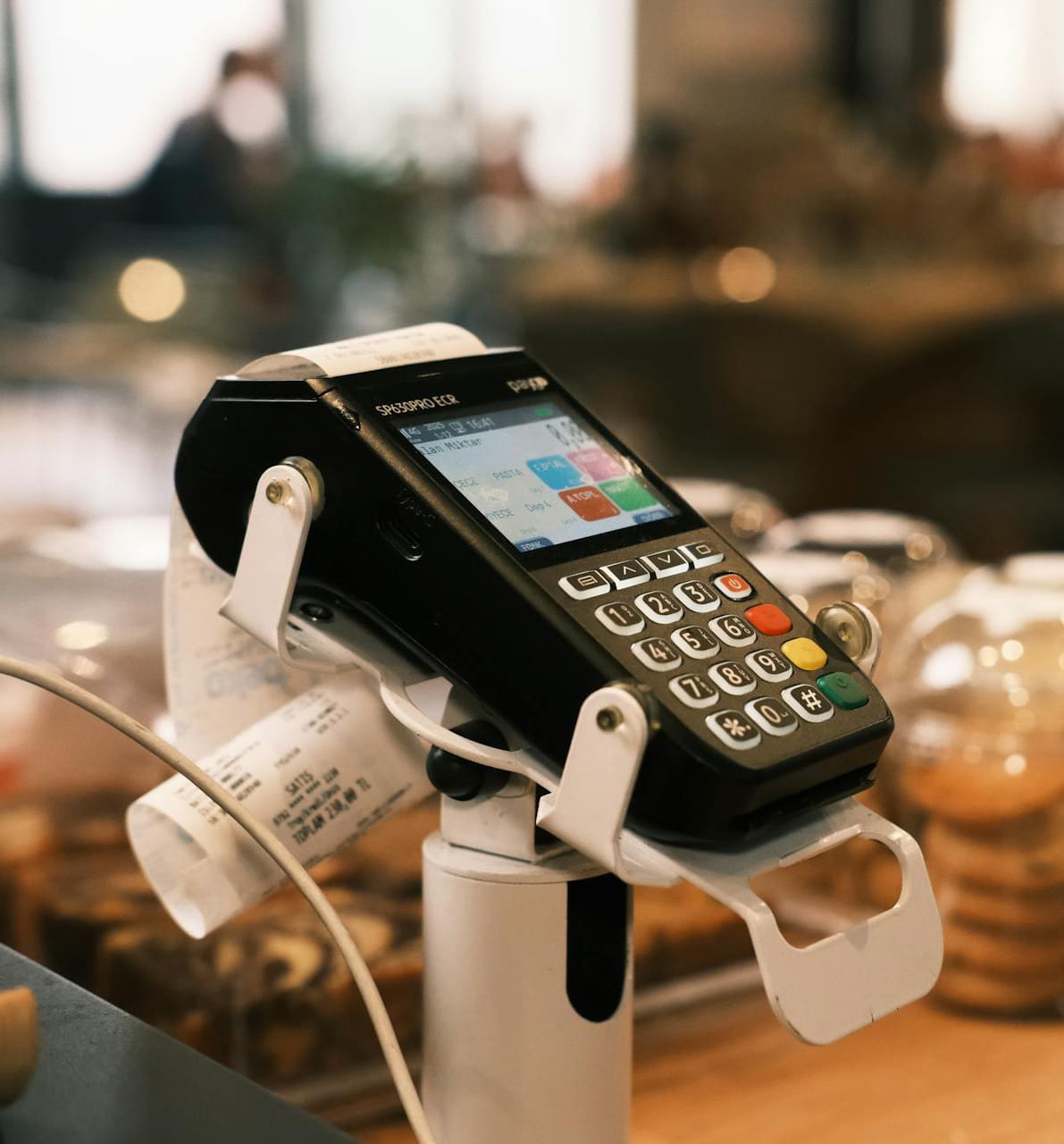Crafting a point of sale system from scratch requires more than simply processing payments—it requires careful planning, security integration, and resilience for high-risk businesses. In industries like CBD, adult, or nutraceuticals, a basic POS won’t suffice. To succeed, you need to understand how to create a point of sale system that accommodates a high risk merchant account services environment. This guide offers five essential tips to build a POS that’s secure, compliant, scalable, and designed for longevity in high-risk verticals.
1. Define Your Requirements and Architecture
Before building a system, clearly define your needs. What payment types—credit, debit, ACH—must you accept? Do you need recurring billing, age verification, or multi-currency support? The architecture you choose should support these from the start. Determine whether your POS will be web-based, mobile, kiosk, or hybrid. Consider how integration with your merchant account provider will occur: direct API, payment gateway, or hosted solution. Mapping this foundational architecture ensures that you are building with high-risk merchant account services in mind.
2. Build In Security and Compliance From Day One
Security isn’t an afterthought in a high-risk POS—it’s a requirement. Use tokenization to handle card data, ensuring sensitive information never touches your servers. Implement SSL/TLS on every endpoint and comply with PCI-DSS standards[1]. Integrate fraud detection tools like AVS, CVV, and real-time risk scoring. If your business requires age verification or license checks, embed that flow at checkout. Following compliance protocols at the system’s core avoids expensive rework later and positions you for trusted high-risk merchant account services.
3. Integrate a Reliable Merchant Account Provider
Your POS needs a solid back-end connection to a high risk merchant account services provider. Choose one with strong API documentation, global gateway support, and fallback logic for interruptions. Support for multiple MIDs or dynamic routing helps prevent downtime in sensitive verticals[2]. The provider should also offer transparent pricing, chargeback monitoring tools, and weekend or holiday support. Integrating the right merchant account provider from day one is a critical element when figuring out how to create a point of sale system that can withstand high-risk demands.
4. Incorporate Robust Monitoring and Alerts
High-risk industries face heightened fraud and regulatory scrutiny. Your POS should include live dashboards displaying key performance metrics—transaction volume, decline rates, and chargeback triggers. Set automated alerts for suspicious behavior, unusual patterns, or threshold breaches. These should notify both your team and merchant services support in real time. Log all events comprehensively to support audits or investigations. Monitoring at this level is non-negotiable in high-risk merchant account environments[3].
5. Design with Scalability and Flexibility in Mind
High-risk businesses grow fast—and often unexpectedly. Build your POS to be modular, with clean APIs that support additional payment types, third-party tools, or new geographic regions. Token vaults, queuing systems, and retry logic should be in place to handle volume surges. If you add new products or channels—online storefronts, pop-ups, mobile sales—your system should scale without major rearchitecting. This flexibility ensures your investment in the POS can support both present and future needs of a high-risk merchant account setup[4].
POS Essentials Breakdown
Payment Method Coverage
Your system must accept credit, debit, gift cards, and alternative payments. It must also connect to age-verified payment flows required for certain high-risk industries.
Tokenization Strategies
Implement tokenization early. Use tokens instead of storing cards, and ensure tokens are retrievable across channels—this aids recurring billing and boosts PCI compliance.
Dynamic Routing Logic
Enable logic that reroutes transactions to alternative gateways in case of decline. This ensures uptime even during provider outages or vertical-specific blocks.
Real‑Time Fraud Scoring
Apply real-time algorithms to flag orders by return rates, IP issues, or mismatched data. Block or hold suspicious orders before billing.
Reporting & Audit Trails
Log every event—transaction, login, refund, decline—for compliance and dispute resolution. Exportable CSV or audit dashboards are key.
API First Design
Build your POS with clean REST or GraphQL APIs. This allows future integration with CRM, ERP, subscription tools, and analytics platforms.
FAQ
Q: What do I need to create a point of sale system for high-risk verticals?
A: Start with defining user flows—online, in-person, and mobile—with tokenized card capture and PCI compliance. Integrate real-time fraud tools, fallback routing, and merchant account support tailored to high-risk industries. This forms the foundation of a reliable POS system.
Q: How do I integrate a high risk merchant account services provider?
A: Choose a provider with strong API documentation, multiple gateway options, and robust support for your vertical. Embed their SDK or API in your payment flow and configure routing logic to handle declines or disallowed transactions.
Q: How important is tokenization in a POS?
A: Extremely important. Tokenization protects card data and reduces PCI scope. It’s essential for ensuring long-term compliance, enabling vaulting for subscriptions, and lowering your risk profile in high-risk merchant account services.
Q: Can a custom POS system save money long term?
A: Yes—custom solutions tailored to your business can reduce dependency on third-party tools, optimize routing fees, and improve conversion rates. These savings are strong in high-risk verticals, where flexibility and control matter.
Q: How should I approach fraud and risk monitoring?
A: Implement real-time scoring, alert thresholds, and dashboards. Engage with your provider’s fraud team to customize filters. Regularly review logs and adapt rules based on evolving fraud trends.
Q: What scalable elements are essential in the POS?
A: Ensure modular design, multi-channel token storage, dynamic gateway routing, and API-driven architecture. These features make it easier to add payment brands, global regions, or new commerce models without reworking core systems[5].
Conclusion
Knowing how to create a point of sale system for high-risk verticals requires a security-first, scalable approach that aligns with specialized merchant requirements. From tokenization and fraud tooling to routing and monitoring, every architecture decision supports your high-risk merchant account services success. With Payment Nerds’ guidance, you can build a POS that not only processes transactions but safeguards your business in volatile economic and regulatory environments. If you’re ready to move beyond off-the-shelf systems and invest in a durable, high-risk payment infrastructure, this roadmap provides the blueprint for long-term resilience.
Sources
- PCI Security Standards Council. “Tokenization and End-to-End Encryption for POS.” Accessed July 2025.
- Visa. “High-Risk Merchant Account Requirements.” Accessed July 2025.
- Mastercard. “Best Practices for Secure Merchant Accounts.” Accessed July 2025.
- Forbes. “Building Custom POS Solutions.” Accessed July 2025.
- Merchant Maverick. “POS Software for High-Risk Merchants.” Accessed July 2025.











